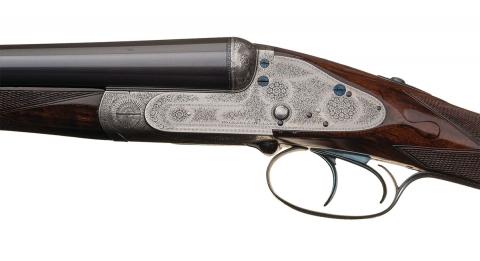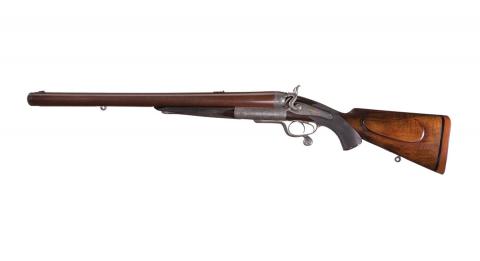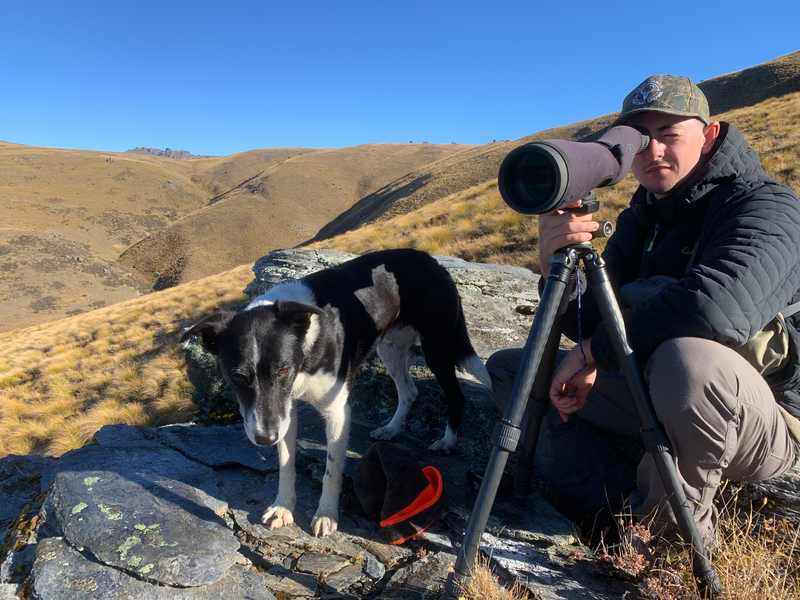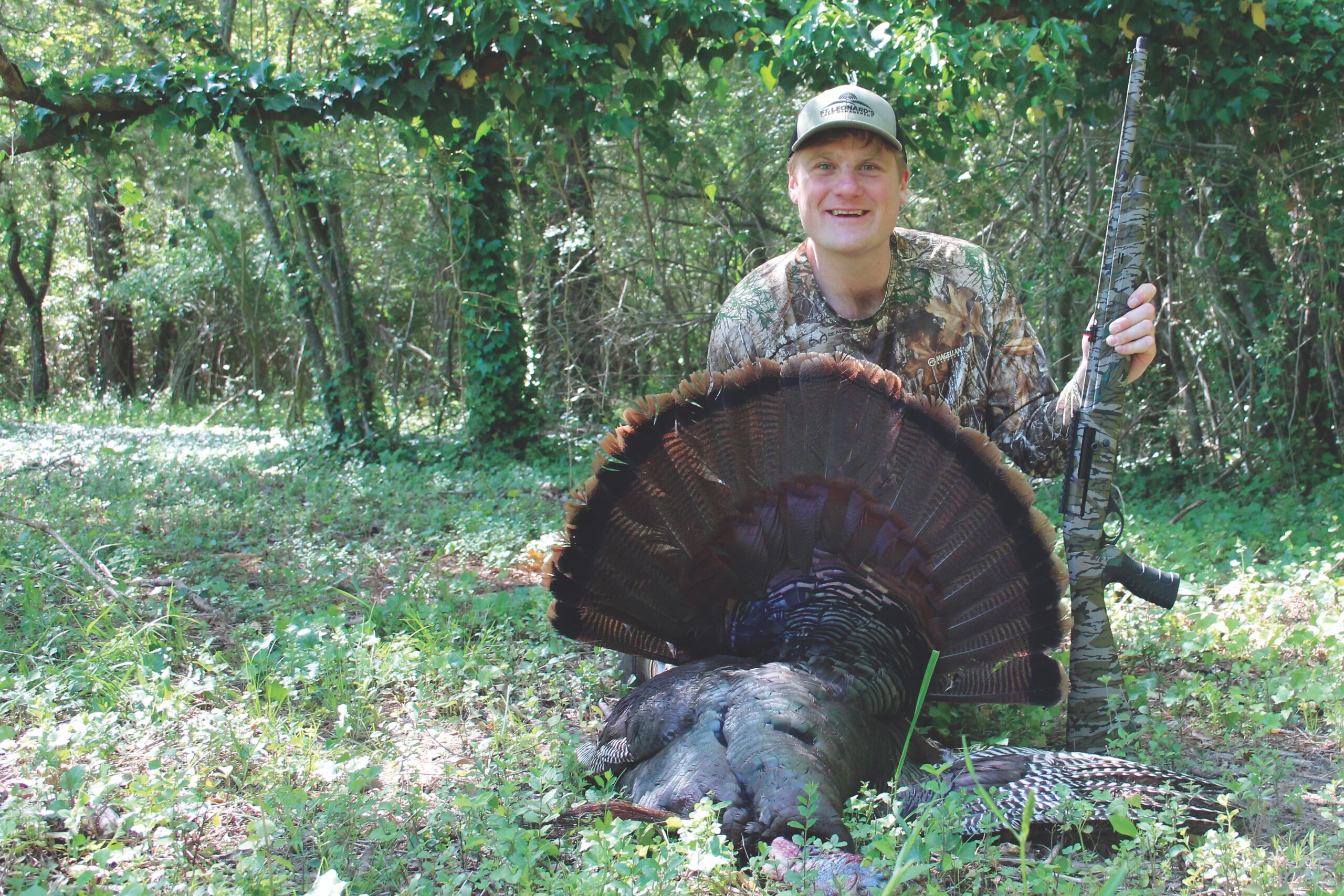
One year ago, I attended my first Rock Island auction. Last month, on the anniversary of that event, I attended my fifth auction, and it won’t be my last. Some would call it an addiction, and that’s hard to dispute. Although I have returned from every one of them with a gun of some kind following me home, the main attraction is the education.
For example, this time there was the opportunity to handle an R.B. Rodda 4-bore double rifle. For a full description, you can log on to RIAC’s “past auctions” page and search for September auction #3428. It will tell you everything you need to know except for one thing: What it feels like to pick this thing up, and imagine you are facing an oncoming pachyderm.
Rock Island estimated the Rodda would sell for more than $100,000, and it did: $126,500.
It would take a rash man to try to explain gun collectors, but some things really make you wonder. For example, there was an early Holland & Holland ‘Royal’ with a sidelever — very rare — and fitted with new barrels in the 1930s. For anyone who loves fine mechanisms, never mind a wingshooter looking for a good bird gun, it would have been a steal at $5,750, which is what it went for. Fifteen years ago, I expect it would have brought at least twice that, but the market for British guns generally has softened considerably.
Compare that with a J. & S. Hawken rifle, estimated to go at between $14,000 and $22,500, which finally sold for an eye-watering $74,750 — more than three times the high estimate. What can one say? It was a genuine, documented Hawken. To put that in perspective, a James Purdey percussion rifle that was made for a baronet around the same time as the Hawken, was in beautiful condition and cased with all the accoutrements, sold for a mere $5,463.
There must have been someone there with a penchant for products of St. Louis, because not long after the Hawken soared to the stratosphere, there came up for sale a weird contraption called a “Taylor Fur Getter Single Shot Trap Gun.” If you were looking for a gun to shoot trap, this was not it. It looked like a brass caulking gun married to a gaff hook. The “fur getter” was patented in 1914 by the F.C. Taylor Fur Company of St. Louis, and manufactured sometime in the 1920s. Intended to be a humane alternative to leg-hold traps, the mechanism is fastened to a log with a giant screw, the hook is baited, and when a fox or other desirable critter tries to take the bait, a trigger is pulled and a short .22 barrel shoots it in the head.

Ingenious, and presumably humane, but it reminded me of the old British Sten gun, which reputedly cost less than two bucks to produce in 1940 — being all stamped metal and bent parts. The “fur getter” was estimated to bring $1,800 to $2,750, which I thought was optimistic, but once the bidding started, it just went up and up, finally selling for $7,475.
This was more than either the Holland & Holland sidelever shotgun or the Purdey percussion rifle mentioned above. I have no explanation. None. The softness of the English-gun market worked to my advantage, however, with a W&C Scott “Monte Carlo” pigeon gun, with which I fell in love the moment I picked it up. It now resides in the rack by my desk.
An interesting thing about the auction was the increasing prominence of telephone and internet bidding, compared to live folks on the auction floor. According to Rock Island, about 60 per cent of bids now come in this way. Although you can never tell who might bid from the floor, the line of telephones and attendants down one entire wall can sometimes give you an indication of what you’re up against.
There was an exquisite Charles Daly trap gun that I was hungering after. Two Parker trap guns just ahead of it went for low prices and I was feeling optimistic until the Daly appeared on the screen and I looked over at the phones. Four of the phone attendants were lined up like a firing squad — peering intently, phones to ears, bidding cards at the ready. I was left in the dust without even raising my card. Ah, well. Maybe next time. And there will be a next time.–Terry Wieland



